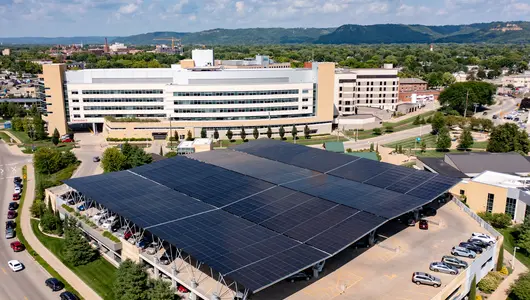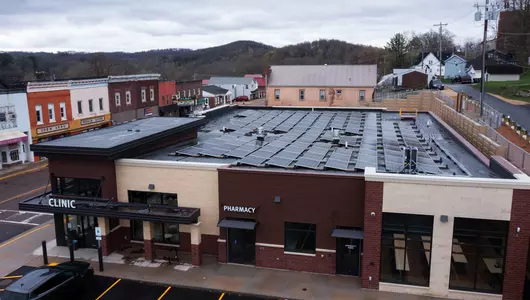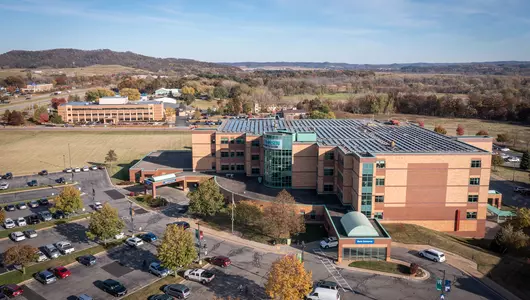
Energy Conservation
In collaboration with our recycling program and using renewable energy, energy conservation has been a key pillar in becoming and maintaining a sustainable organization. Our conservation efforts have resulted in a 54% improvement, cumulative savings of more than $28 million.
Maximizing energy savings
To make the biggest impact on reducing energy use and cost, we focus on two main areas—lighting retrofit and our heating, ventilation and air-conditioning (HVAC) systems. By upgrading to energy-efficient lighting solutions and optimizing our HVAC systems, we can significantly lower consumption while enhancing overall comfort. These improvements not only benefit the environment but also lead to substantial savings in operational expenses.

Lighting retrofit
Through adapting lighting fixtures in our buildings to new light technology, including updating light bulbs, installing occupancy sensors, enabling light scheduling and more, we have seen energy cost savings of approximately $265,000 a year and a 50% energy reduction. Pictured is our Elroy Clinic, which is a great example of incorporating these solutions.
HVAC
Going through an energy audit allowed us to see and tackle many energy-saving opportunities within our heating, ventilation and air-conditioning systems, including in our data center, where equipment is constantly running and needs to stay cool.

News

Emplify Health by Gundersen receives sustainable healthcare certification

Employee garden offers place to unwind, dig in the dirt

Gundersen Elroy Clinic reaches net zero status on energy use

Local partners launch 100% resilient and renewable energy healthcare campus project
Send us your questions and ideas about environmental sustainability.